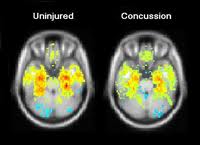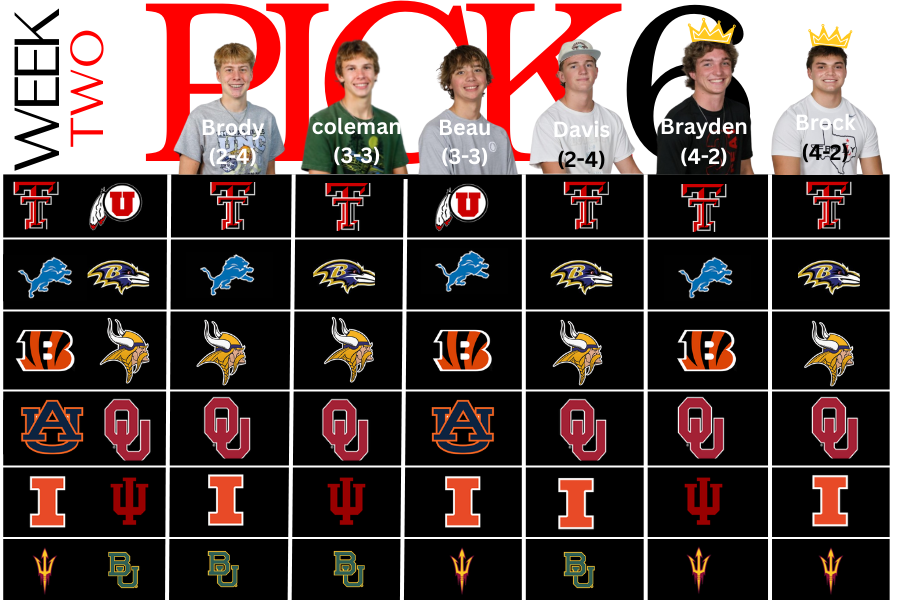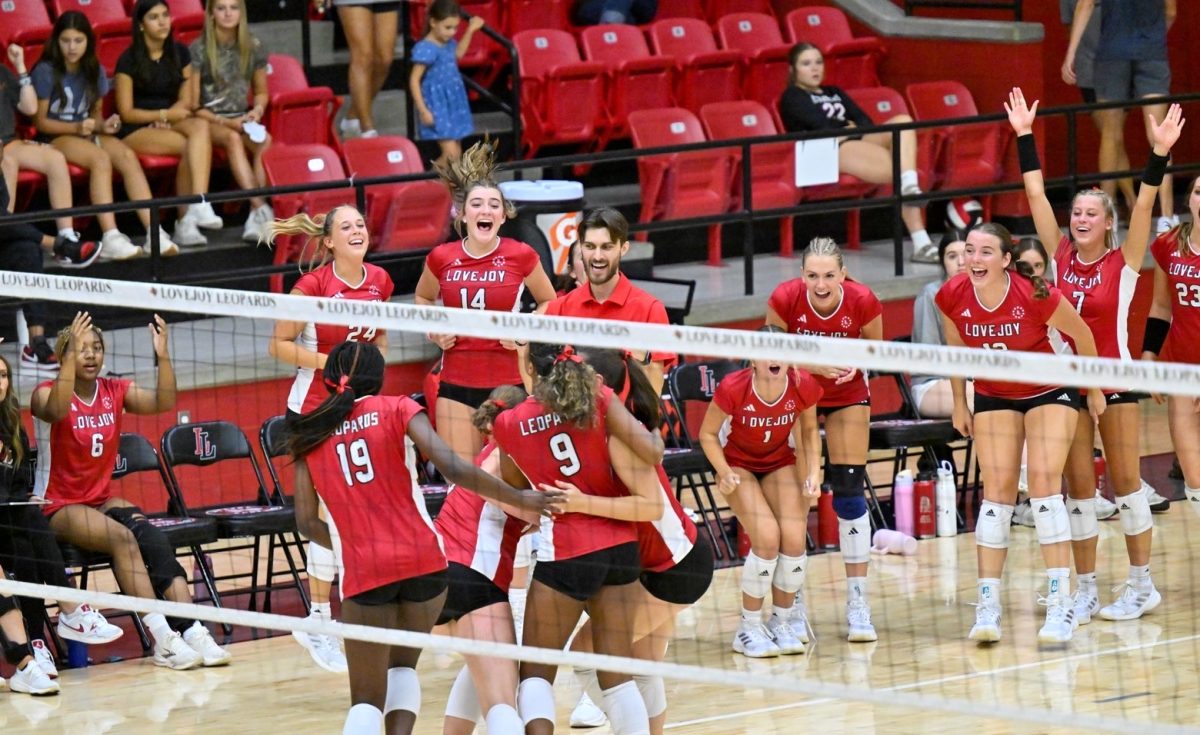Every year, high school athletes across the country fall victim to the sports related head trauma known as a “concussion”; a common brain injury that results from a heavy blow to the head.
“The immediate symptoms would be a headache, dizziness, you might be nauseous, have blurred vision, ringing in the ears, or a ‘foggy’ feeling,” sports trainer Susan Smiley said. “That would make you slow to respond, if you asked them what class they had it might take them five minutes to figure out ‘I had Math, I had Spanish, I had…’ you know, just slow to respond like that. Also they might have balance problems.”
House Bill 2038, or Natasha’s Law, is a Texas Regulation that requires appropriate training for reactions to concussions. Before Natasha’s Law, coaches could discharge a student if they were symptom free after 15 minutes, but after the case of Natasha Helmick, from Allen, brain injuries such as concussions are taken much more seriously.
Helmeck received a concussion in an 8th grade soccer game and displayed symptoms, but after begging her coach was released back onto the field. For the remainder of the game, her vision was blurry if not completely useless out of her left eye. She played again later that day, and although she regained her sight, her memory has been damaged and she can’t recall most of her childhood.
Because she returned to play with a concussion, she has said that everything academically is up to three times harder for her, and her athletic career is all but over, having to give up an athletic scholarship.
The dangers of returning to an activity shortly after a concussion range from increased risk of receiving another concussion to death.
Now Universal Interscholastic League rules and regulations are set in place to control concussion cases and define when an athlete is eligible to be discharged.
“By UIL rules all athletes and parents must sign and turn in the UIL Concussion Acknowledgment Form,” Smiley said. “This gives them information about concussions, including prevention, sign and symptoms and treatment before returning to play.”
An athlete is required to be evaluated by a licensed physician, take a Post Injury ImPACT test and go through Return To Play protocol. If the symptoms return at any time, they must check with a doctor again.
“The time from injury to full release varies from athlete to athlete,” Smiley said. “Some can be symptom free in minutes, pass the Post Injury ImPACT test and go through the RTP in a week. Some will take a month or longer. The brain is very complex and we never know how long healing will take.”










